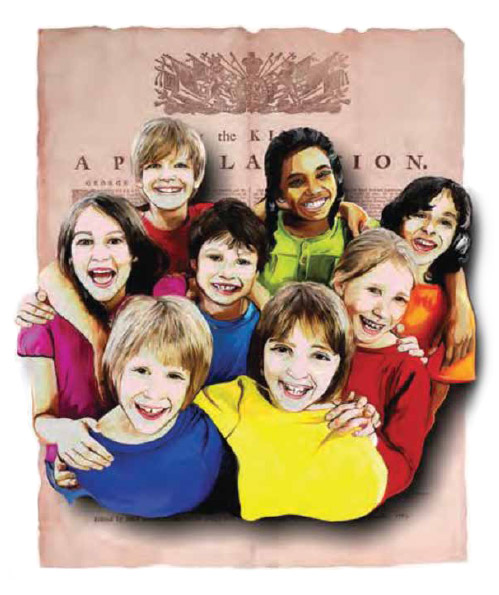Student Learning
I will:
- Explain what the phrase, “We are all treaty people”, means
- Explain the meaning of treaties from different perspectives
The Treaty Relationship
The treaties were permanent foundational agreements based on two worldviews: the oral traditions of the Indigenous peoples and the written traditions of the British Crown, who represented the newcomers. Indigenous people believe that they are more than written documents; they are sacred bi-lateral agreements between Canada and Indigenous people. They also believe that language and cultural barriers contributed to misunderstandings during treaty negotiations.
In the text of the 1752 treaty you will find the phrase “their heirs and the heirs of their heirs forever,” in reference to the commitment of Mi’kmaq, Passamaquoddy and Wolastoqewiyik in the agreement.
This activity asks students to connect this 1752 treaty language with the contemporary assertion that “we are all treaty people.” The comment reflects the fact that both the Indigenous people of Waponahki (Wabanaki): Wolastoqewiyik, Passamaquoddy and Mi’kmaq together with the people of Canada made an agreement, which both sides are still party to. Treaties are not just an “Indigenous issue.” Treaties are part of what defines us all.





